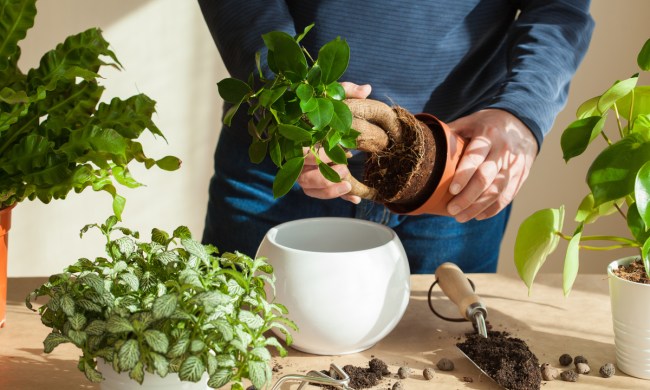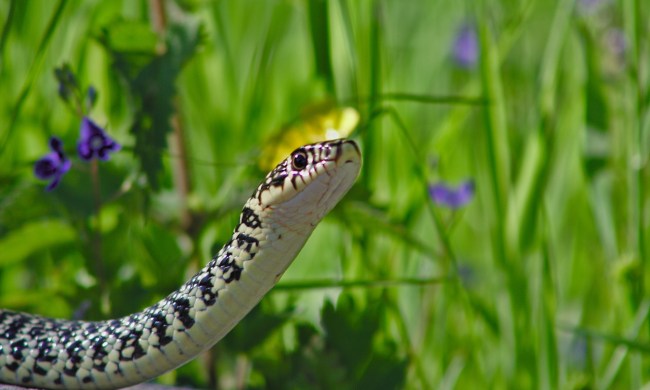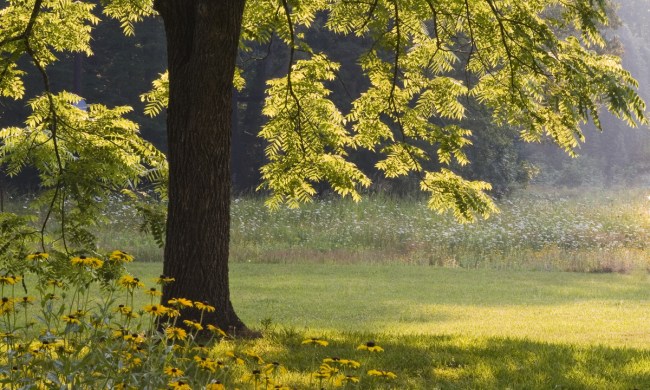If you live in zone 8, you’re a lucky gardener: This region, which includes parts of the Pacific Northwest and South, typically offers agreeable planting conditions for many fruits, flowers, and vegetables with its mild winters and long growing season. No matter if you’re invested in building a beautiful landscape or yielding delicious crops, you’ll be able to grow a wide range of plants in zone 8. To help you nourish the zone 8 garden of your dreams, we’ve compiled a primer detailing where you’ll find climate zone 8 and what plants thrive in it.
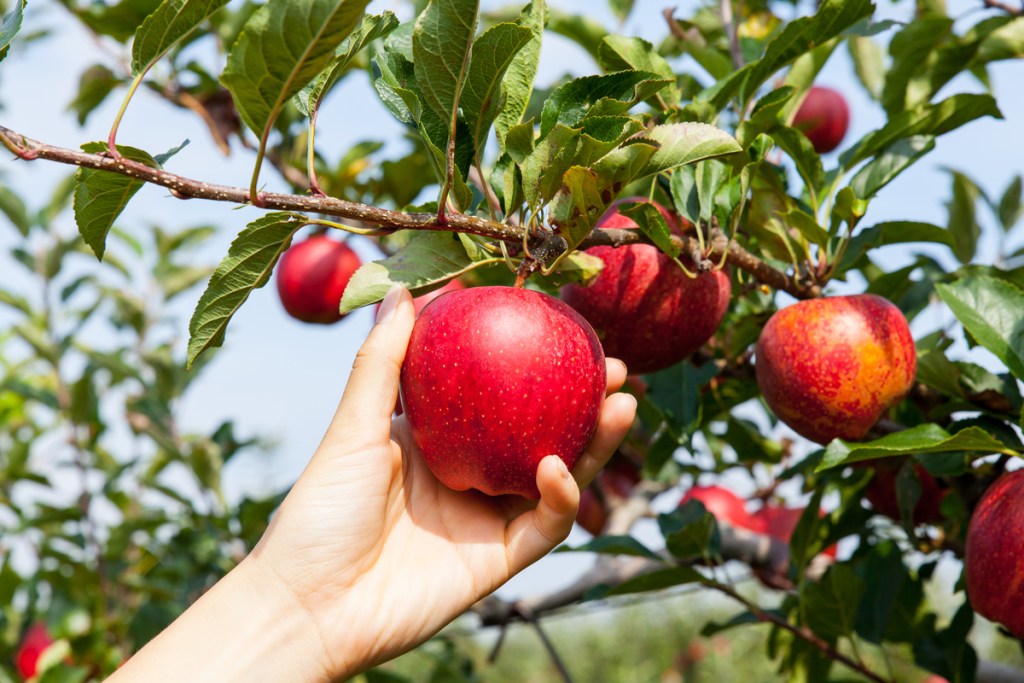
Where is climate zone 8?
First, let’s consider what a climate zone actually is. Climate zones are based on the USDA Plant Hardiness Zone Map, which divides the United States into 13 different regions based on average minimum temperature ranges. This division helps gardeners understand what kind of plants are perennial, or last for more than a year, in their region. Temperature isn’t the only factor to consider when you bring a plant into your space, but it is an important one—winter temperatures certainly test the limits of what a plant can handle.
In zone 8, the annual minimum temperature averages between 10° and 20°F. Mostly comprised of the southern part of the United States, climate zone 8 encompasses 20 states, so it’s difficult to comprehensively sum up the conditions of every area lumped into this zone. In general, however, zone 8 tends to have moderately hot summers, mild winters, and a long growing season, all of which make it ideal for growing trees and edible crops.
Here are all the states that include parts of climate zone 8:
- West: Washington, Oregon, California, Nevada, Utah, Arizona
- South: New Mexico, Texas, Oklahoma, Louisiana, Arkansas, Mississippi, Alabama, Georgia, Tennessee
- Southeast: Florida, North Carolina, South Carolina, Virginia, Maryland, Washington, D.C.
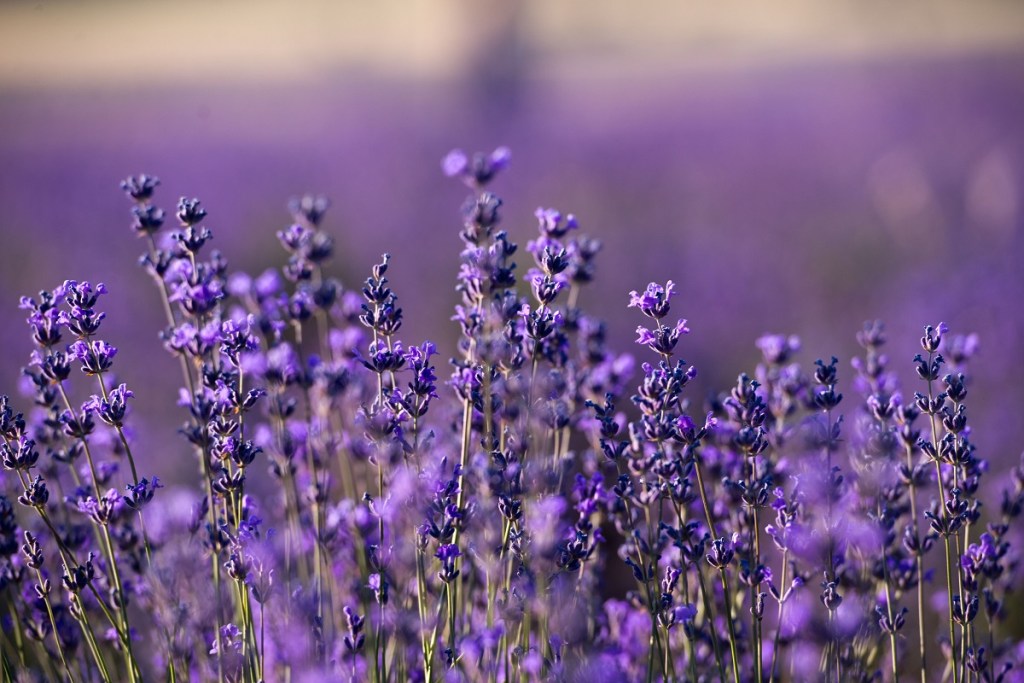
Zone 8 flowers and foliage
When purchasing flowers and foliage for your zone 8 garden, consider relatively heat-tolerant varieties. (And even then, make sure to provide shade and water for your flowers on the hottest days of the year!) Flaunting beautiful and fragrant flowers, lavender especially does well in zone 8 because it can survive and thrive in sunny and dry conditions. Coneflowers, which come in pretty oranges, purples, and more, can also flourish in this warm region, even when planted in poor soil. As a bonus, these vibrant flowers also attract pollinators such as birds. Other flowers such as dahlias, daylilies, and sunflowers can do quite well in zone 8. If you’d like to spruce up your landscape with some ornamental grass alongside your blooms, golden Hakone grass and large pampas grass can beautifully complement the rest of your garden.
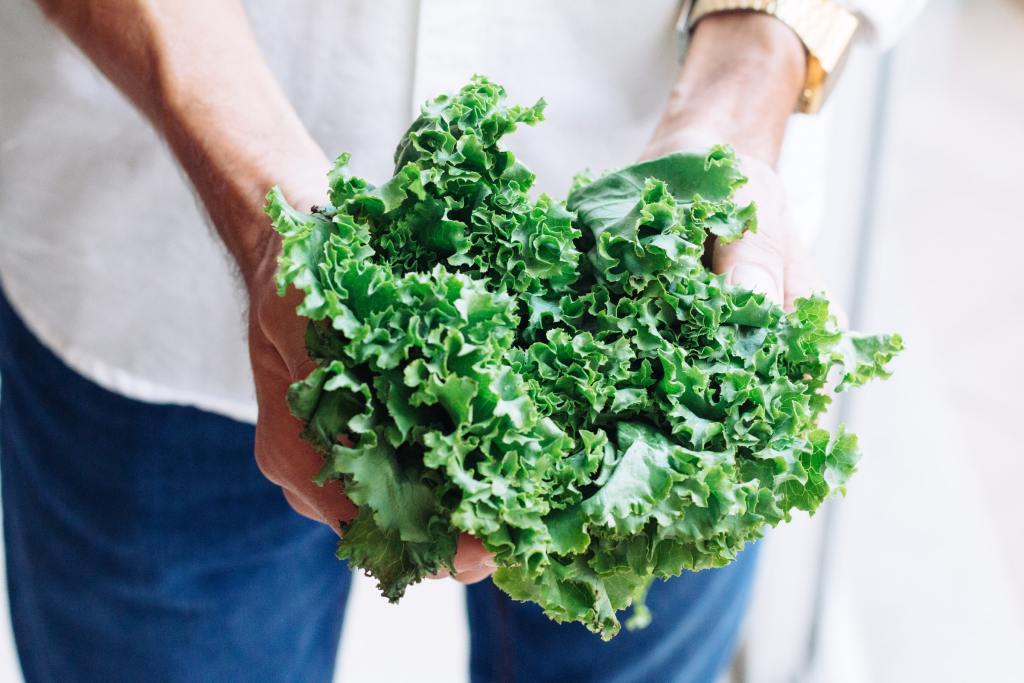
Zone 8 fruits and vegetables
Zone 8’s conditions make it hospitable for many fruits, so you can really have a delicious harvest at the height of the growing season. The mild winters typically provide enough of a cooling period for the trees to flower, while the long, warm summers offer full sun for fruit production. Common fruit trees that do well in zone 8 include apricot, apple, pear, jujube, and citrus trees. Just keep in mind that many varieties require at least two trees for cross-pollination.
Most vegetables will also do quite well in zone 8—try your hand at broccoli, cabbage, beets, kale, spinach, peas, and more! For garnish, you’ll also have luck with Mediterranean herbs such as rosemary, sage, marjoram, parsley, and oregano. During the summer, provide your vegetable beds with shade and make sure to mulch the top of your soil to help retain moisture.
Starting seeds in zone 8
For zone 8, the last frost date usually falls towards the end of March, and the first frost date usually falls towards the end of October. The rule of thumb is to start seeds indoors about six weeks before the last frost (as many seed packets will suggest), but you can definitely have leeway in zone 8. Between early spring and late summer, gardeners in zone 8 can squeeze in around three planting cycles. While early spring and later summer are ideal times to start seeds, you can get away with growing plants all year long. Even in the winter, you may be able to grow more veggies if you offer your plants enough warmth with supplies like mulch, frost blankets, and row covers.
The possibilities for gardening are vast in climate zone 8 thanks to its long growing season and mild winters. While you should also weigh your region’s rainfall patterns and soil conditions, the temperature should be a reliable starting guideline for considering what plants to grow in your garden. With some forethought, you’ll be able to curate a zone 8 garden full of beautiful flowers and foliage as well as delicious fruits and veggies!

